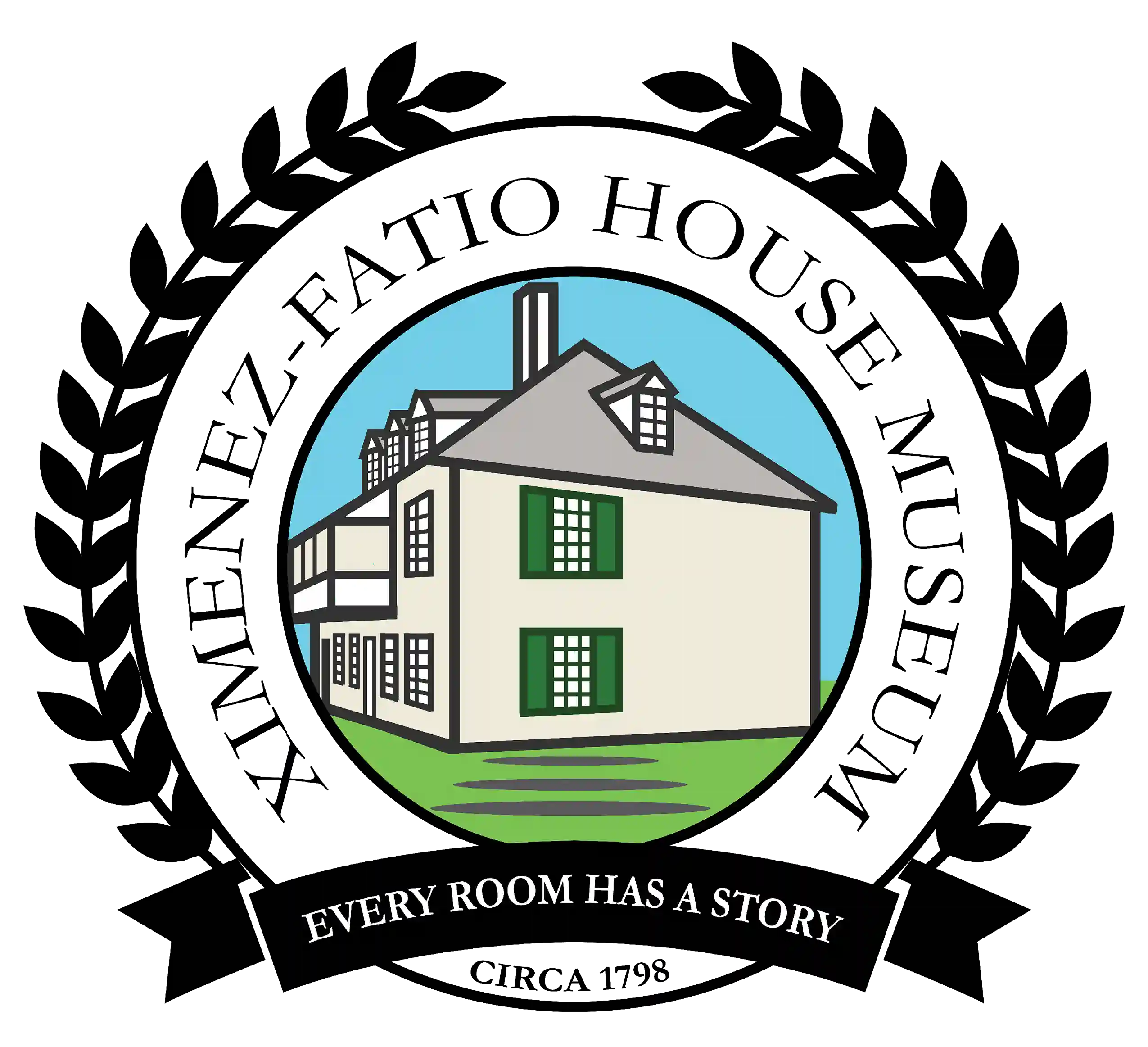Historic Preservation & Restoration
What is a Historic House Museum?
Well, we are!
The Ximenez-Fatio House and the outlying buildings are the largest, oldest, and most valuable artifacts of this museum!
A Historic House Museum is one whose collections and programs are presented within a building that is historically significant. Many Historic House Museums teach visitors about everyday life within their houses and how they were affected by larger historical events. Historic House Museums usually have collections of period-appropriate furniture and objects.
Preservation vs. Restoration
Preservation: Preserving a historic building means maintaining its existing historic materials.
Preservation at the Ximenez-Fatio House means maintaining the building in structure and appearance — even the elements that were added after the original coquina house was built in 1798. For instance, the wing parallel to Cadiz Street was added in the mid-1800s. Even though these parts of the house are not original, we still preserve their structure and do not tear them down, as they are important to the interpretation of the property
Restoration: Restoring a historic building means removing elements that were added after a certain time period.
Restoration on our property occurred in 1939 when the Ximenez-Fatio House was bought by the National Society of the Colonial Dames of America in the State of Florida. Modern elements like plumbing were removed to turn the building into a Historic House Museum.
There’s Lots of Old Buildings in St. Augustine, What Makes Our House So Special?
Our house was built in 1798 using completely different methods and materials. The two main materials are called Coquina and Tabby.
Coquina
Coquina is a naturally occurring material made of hard-packed sand and shell fragment, which have been compressed underground for thousands of years. This concrete-like material was used to build many structures in St. Augustine — like the Castillo and the Ximenez-Fatio House. (A bare coquina wall can be seen on the 1st floor Archaeology Room.)
Coquina is found in many early structures in St. Augustine, including the the Ximenez-Fatio House! This resilient and natural building material is a top reason many of our structures are still standing and in excellent condition. Over time, however, Coquina which is used for construction does need maintenance and preservation to keep it from deteriorating from erosion, wind, and environmental damage.
The most important part of this preservation is Limewash. What is Limewash? Although we have many citrus trees on our museum property, limewash does not contain citrus limes! Limewash is a mixture of finely crushed limestone, water, and other materials specific to the time period and location of the structure in which the mixture is applied. It is an ancient interior and exterior wall finish and is found throughout St. Augustine’s coquina structures. The limewash finishes of the walls of the Ximenez-Fatio House Museum are at a critical stage, and this preservation work must be done to stop further deterioration.
Tabby
Tabby is a man-made cement composed of water, lime, sand, ash, and crushed oyster shells. It has been used in buildings all over the Lowcountry in the Southeastern United States. (A tabby floor can be found just at the base of the main staircase, in the First Floor Loggia.)
Tabby is created by mixing equal parts of water, lime, sand, oyster shells, and ash. When combined with the ash, the product hardens and can be used to create foundations, floors, walls, and more. Although the birth of Tabby is unknown, it is believed to have been created by Spanish explorers during the 16th century. The word “Tabby” comes from the Spanish word “Tapia” meaning Mud Wall. Originally, broken glass, brick, and other materials were also combined into the mix but were later declared unnecessary. After being poured, the Tabby would be placed and secured to be leveled by hand later and laid to air dry for two to three days.
Tabby became a popular building material, primarily found in Florida, Georgia, and other low-lying states regions. The main reason Tabby never spread to other locations was due to weather conditions, as it does best in areas of high humidity. Although Tabby is frequently described as indestructible, and even bullet and cannon-ball proof, after 223 years of general wear and tear, enduring floods and other environmental damages, our floors are in dire need of critical work to prevent continued deterioration.
The Future of the Ximenez-Fatio House Museum
After 225 years of hurricanes, tourists, and families moving in and out of our building, along with general wear and tear, the upkeep of preservation and restoration and overall maintenance is an ongoing feat. Recently, we have begun a historical structure review with Joseph Opperman, of JKOA Architects of Winston-Salem, North Carolina. Mr. Opperman and his associates have inspected the structures on our property from top to bottom and are in the process of creating an updated historical structure report. This review and report will guide us in our preservation and restoration efforts over the next 20 years. Furthermore, Coenraad Van Rensberg of Latitudes of Palatka, Florida, has begun the tedious process of removal of mold from the ground level of the main house. While we are in the process of some big projects, there are many small projects day to day which are just as important. Cleaning and dusting, wood repairs, windowpane repairs, and shutter repairs are just some of the small, yet crucial, everyday tasks to complete.
The generosity of our guests and members of the NSCDA-FL through donations, tour admissions, and gift shop sales help us to complete these projects and keep our historic house museum standing for many generations to come. Donations from the public and our members are critical to our mission, but volunteer opportunities are always available.
Interested in helping?
Donate today or sign up for our email list for future opportunities and campaigns!


